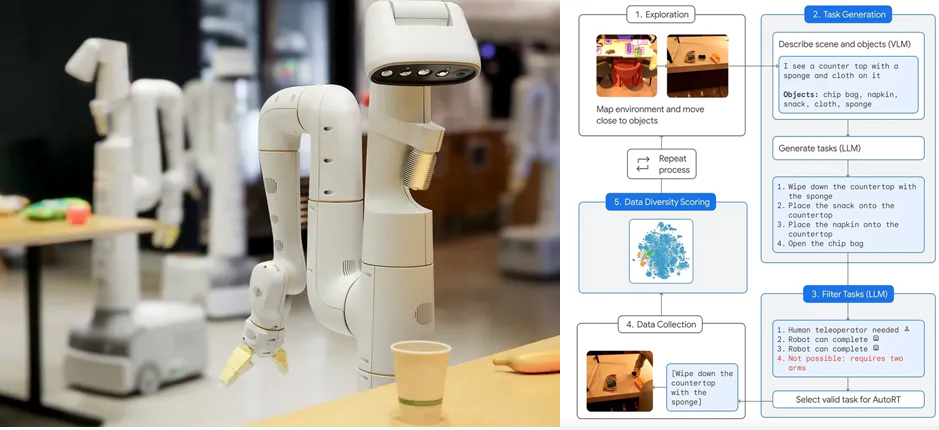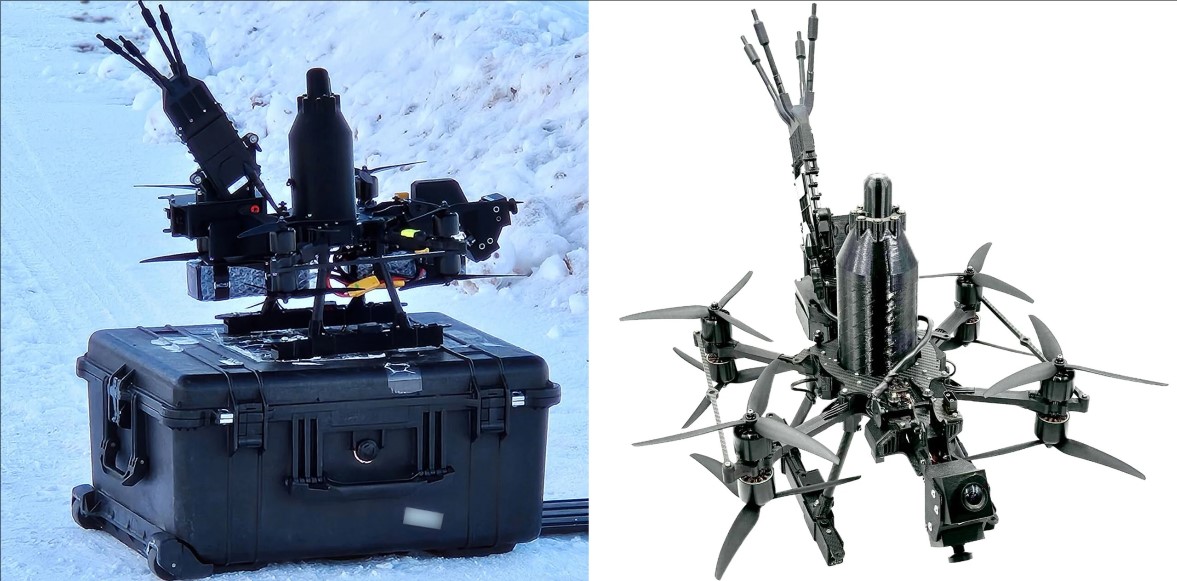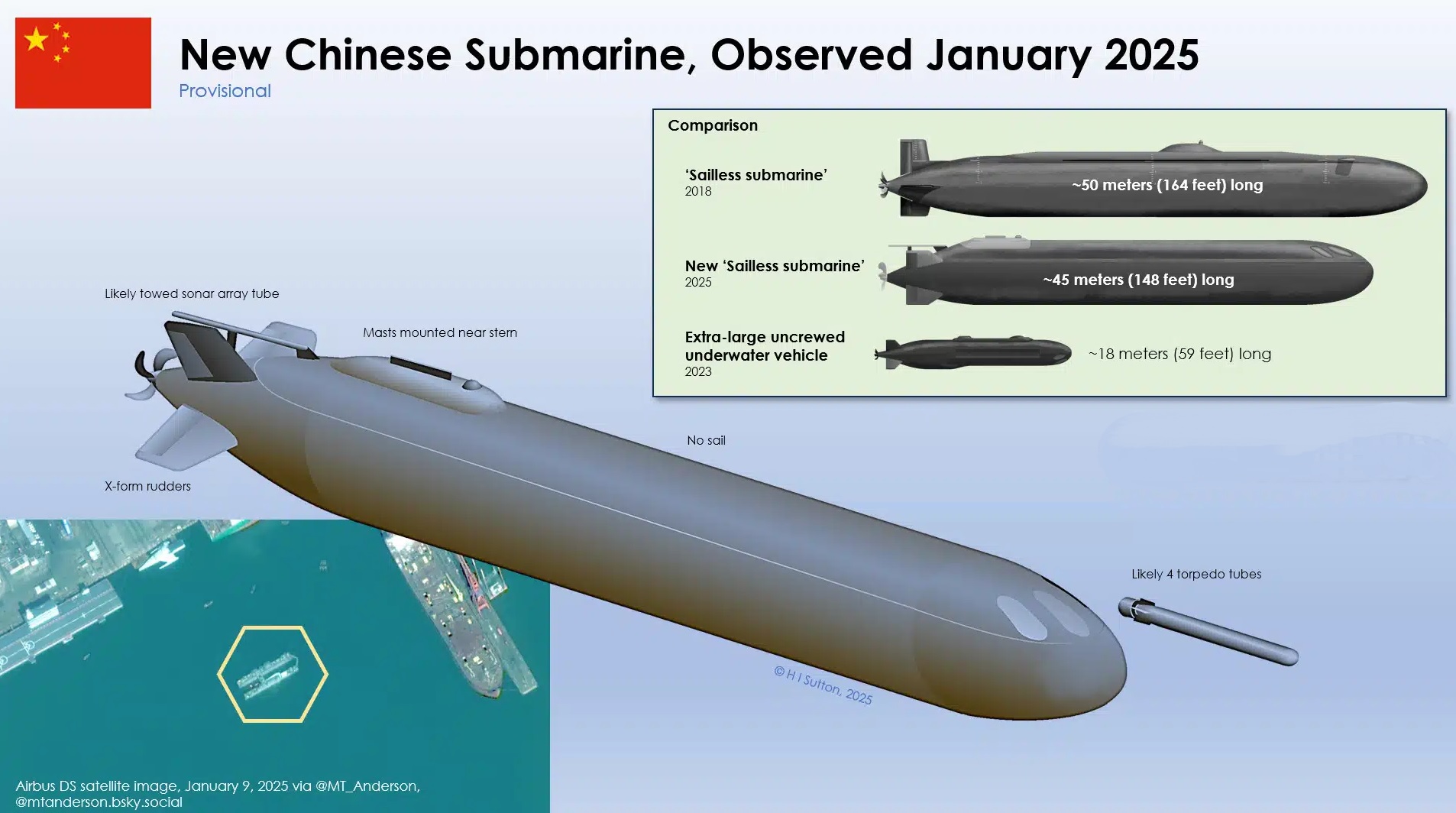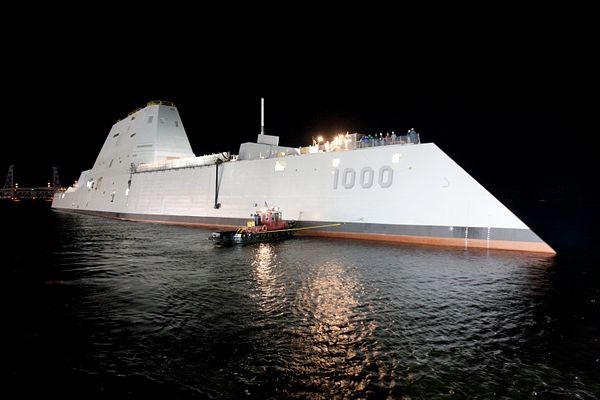Google Wrote a "Robot Constitution" to Make Sure its New AI Droids Won"t Kill us

Technology News ,Google :- The DeepMind robotics team has introduced three groundbreaking advancements aimed at enhancing robots" decision-making abilities in various environments. These innovations are designed to make robots operate more efficiently, effectively, and safely. One notable improvement involves a data gathering system named AutoRT, which utilizes a visual language model (VLM) and a large language model (LLM) working together. This system enables robots to understand their surroundings, adapt to new settings, and determine suitable tasks.
To ensure safety, DeepMind has implemented a "Robot Constitution," inspired by Isaac Asimov "Three Laws of Robotics." This set of safety-focused guidelines directs the LLM to avoid selecting tasks that involve humans, animals, sharp objects, and even electrical appliances. The robots are also equipped with a safety feature that automatically stops them if the force on their joints exceeds a certain threshold. Additionally, a physical kill switch is available for human operators to deactivate the robots, adding an extra layer of security.
Over a seven-month period, Google deployed 53 AutoRT robots in four different office buildings, conducting over 77,000 trials. Some robots were controlled remotely by human operators, while others operated based on pre-programmed scripts or autonomously using Google Robotic Transformer (RT-2) AI learning model.
In the trial, AutoRT VLM identified objects on a countertop, such as a sponge, cloth, a bag of chips, and a napkin. The LLM then suggested tasks like placing the napkin on the countertop and opening the bag of chips. AutoRT follows a systematic approach for each task, ensuring a logical and safe decision-making process.
The robots used in the trial were practical in design, equipped with a camera, robot arm, and mobile base. DeepMind has also introduced two additional technologies. SARA-RT enhances the existing Robotic Transformer RT-2 with a more accurate and faster neural network architecture. RT-Trajectory incorporates 2D outlines to assist robots in performing specific physical tasks, such as wiping down a table.
Although fully autonomous robots capable of serving drinks and fluffing pillows may still be in the distant future, these advancements pave the way for safer and more intelligent robotic systems, providing valuable lessons for future developments in the field.



